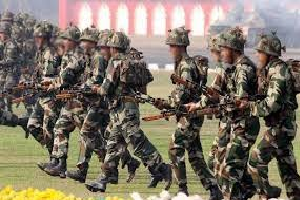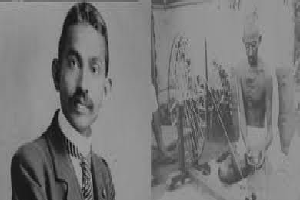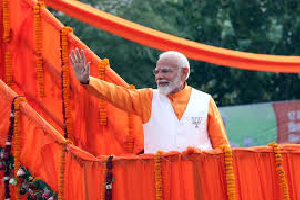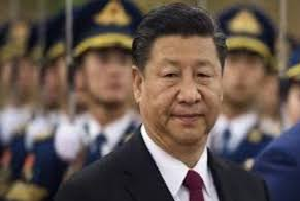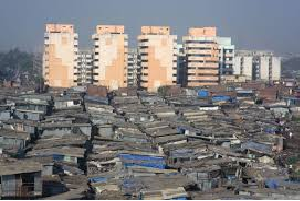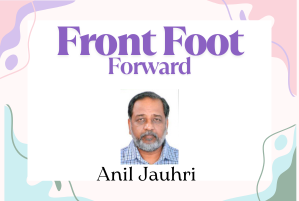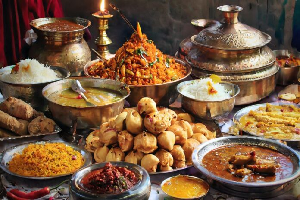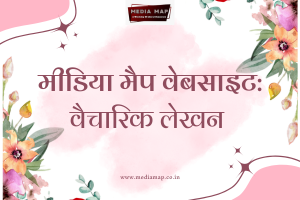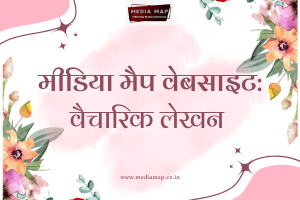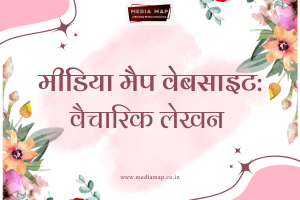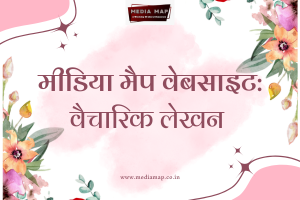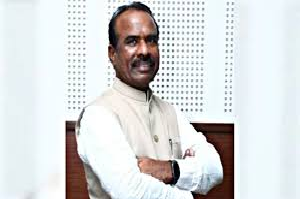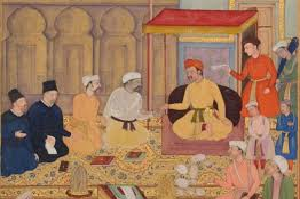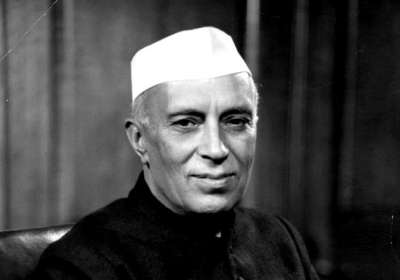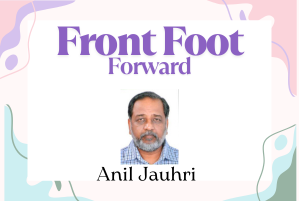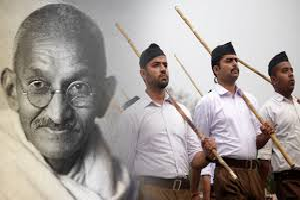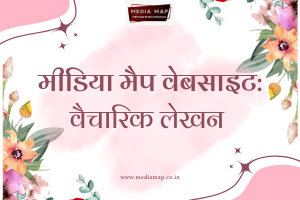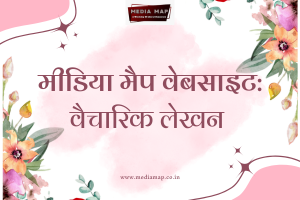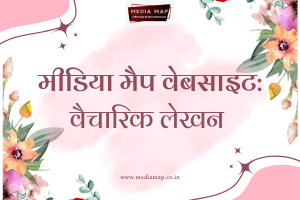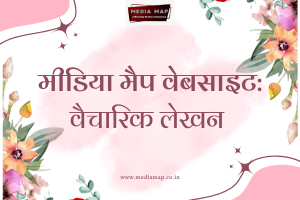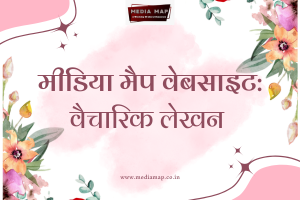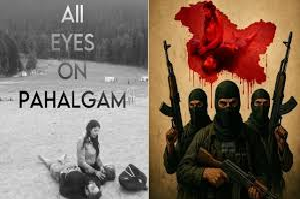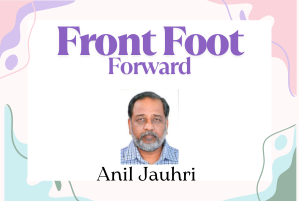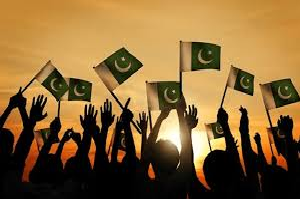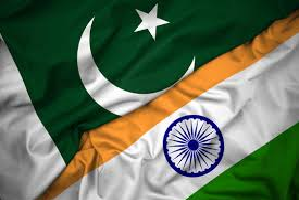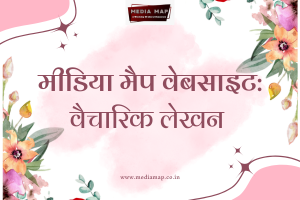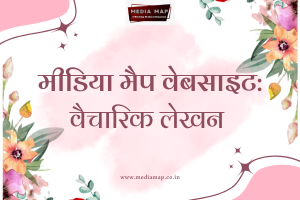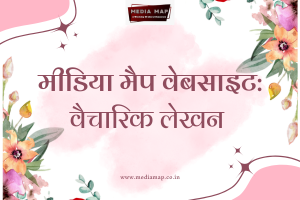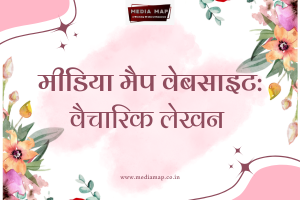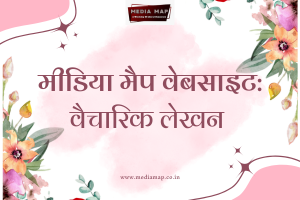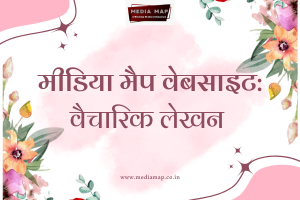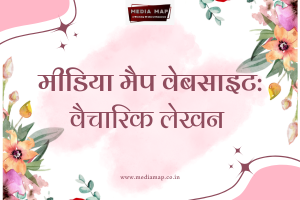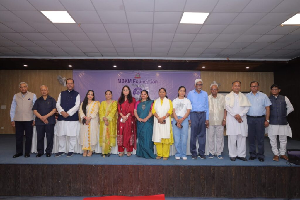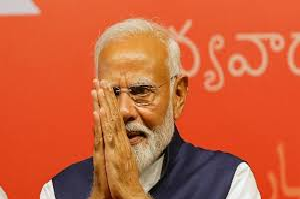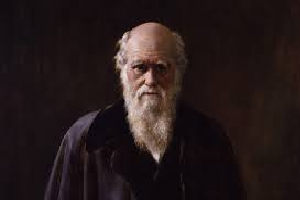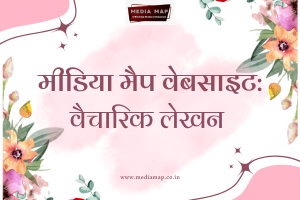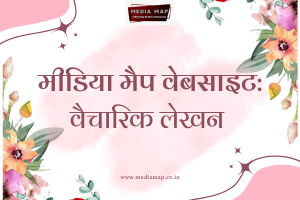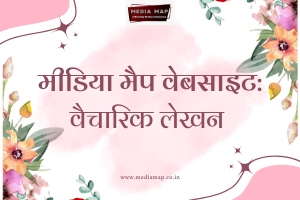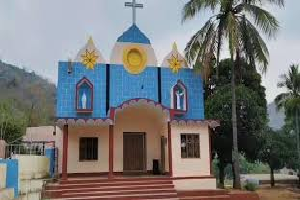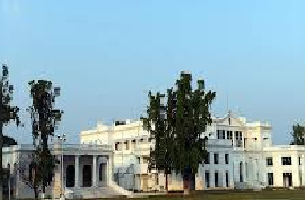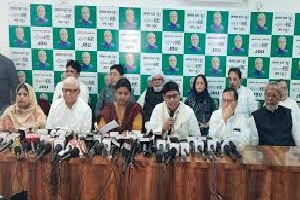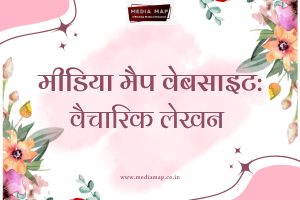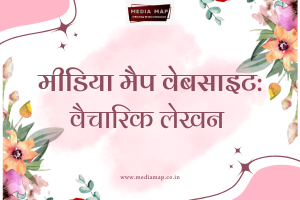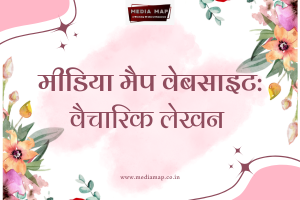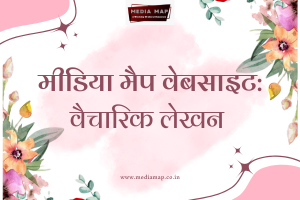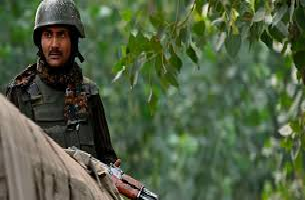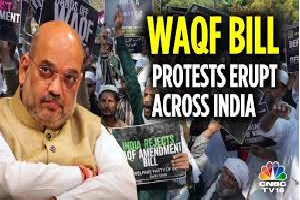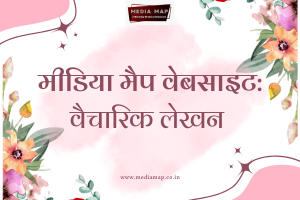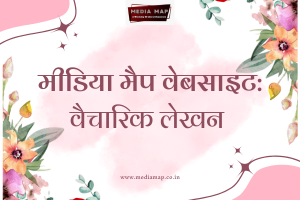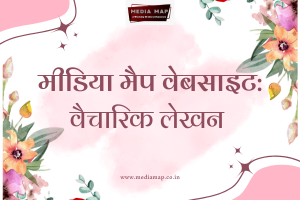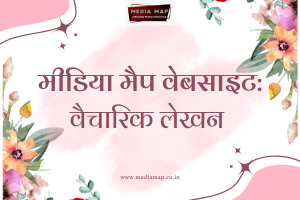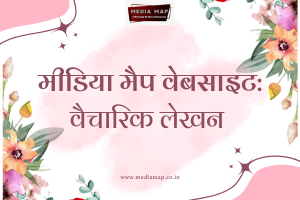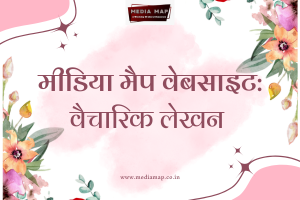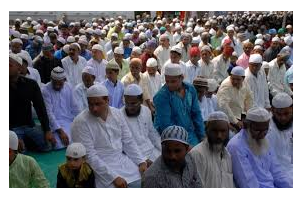25

Today’s Edition
New Delhi, 25 April 2024
Dr John Dayal
PM Modi is trying hard to woo the community, especially its rich and powerful Eastern rite Churches, both based in Kerala
It is the biggest show on earth. Ever. The 2024 general election in India, its 18th since the republic was declared, throws up mind-boggling statistics.
For the 541 seats in the Lok Sabha, the lower house of parliament, approximately 970 million people out of a population of 1.4 billion are eligible to cast their vote. This includes 18 million who turned 18 this year.
In 12 states, there are more women voters than men. Among the registered voters are over 48,000 transgender people, identified for the first time in such an exercise.
Article at a Glance
India's 2024 general election is the largest in history, with approximately 970 million eligible voters. However, despite making up 2.3% of the population, Christians are largely invisible in the electoral landscape. With only around 20 Christian candidates among the 1,000 runnings, their representation in parliament is likely to remain minimal. The community's lack of grassroots activism and training has hindered their political progress. The Church hierarchy's focus on relationships with political parties rather than grassroots development has also contributed to this issue. As a result, Christians are forced to rely on secular parties for advocacy, despite facing persecution, threats, and curbs on their institutions. The election outcome may further erode their constitutional rights and democratic development.
The mechanics put in place by the Election Commission of India are equally gigantic — 1.05 million polling stations, manned by 15 million personnel to supervise the polling conducted through electronic voting machines (EVMs), which remain a source of much controversy but have been deemed legal by the Supreme Court of India.
The results will be declared on June 4.
Christians make up approximately 2.3 per cent of the population and, by simple arithmetic, will total about 22.31 million voters. This seems like an enormous number, but their presence will remain essentially unfelt for their impact on the results or the representation of their community in the new parliament.
As it is, Christians are irrelevant in India’s electoral landscape, more so in the last ten years, during which they have been wholly invisible.
Many call this a pity at a time when Christian relief and outreach are sought to be criminalised, and its education institutions are under threat of total emasculation. The community sees overwhelming problems, ranging from physical persecution to curbs on institutional structures, some with a 150-year-old record.
Without a strong voice in parliament to press their concerns and demands, the community banks on the Congress and other secular parties for its advocacy and, ironically, the communist block, which the community’s religious leaders otherwise see as an enemy in the state of Kerala.
The community's activity in the Karnataka elections of last year and the leadership shown by Bangalore archbishop Peter Machado against non-state actors persecuting Christians and Muslims helped galvanize civil society. This, together with a shift in loyalties by an ethnic community, led to the defeat of the ruling Bharatiya Janata Party (BJP) and brought the Congress back to power.
The general election has just seen the first of seven phases completed, covering 50 of the seats. However, with six rounds to go, the final one on June 1, it is becoming clear that there may not be even 20 Christian candidates among the 1,000 or so that will be put up by the two alliances seeking to come to power.
These two are the National Democratic Alliance (NDA) led by the ruling BJP, and the ‘INDIA’ or Indian National Developmental Inclusive Alliance, a loose democratic and religious minorities-friendly coalition led by the Congress, together with the Communist parties, and strong regional parties of Tamil Nadu, Bihar, Bengal, Jharkhand, Delhi and Maharashtra states.
In the past, the BJP has given only token representation to Muslims and Christians. In the last Lok Sabha, the BJP had a lone Christian MP, John Barla from Bengal, who was made a deputy minister for minority affairs. Throughout the five years of the last parliament, there was no Christian or Muslim cabinet minister in the government headed by Narendra Modi.
Modi is now seeking a record third straight term in office. But he has shown little change in attitude towards Muslims, who remain his main target in election rhetoric, instead of issues of development, economy, or standards of living in the world’s most populous country.
The prime minister is trying hard to woo the Christian community, especially those in the rich and powerful Syro Malabar and Syro Malankara sui juris Rites, both based in Kerala. They have a significant presence in five of Kerala's 20 seats, which are in the central part of the state, which stretches along a narrow 500-kilometer strip between the mountains of the Western Ghats and the Arabian Sea.
Modi and his party have tried hard to gain a foothold in Kerala, where the power balance alternates between the Marxist alliance and the Congress. Currently, the Marxists are in power in the state, but 19 of the 20 seats in parliament are with the Congress. To this end, they have tried to widen the wedge between the Christians of central Kerala and the Muslims in the neighbouring northern regions.
Fanning latent Islamophobia among the Christian groups on the one hand and trying to break the Congress monopoly, especially over the Catholic Rites, Modi was able to win over Anil Anthony, the son of prominent Congress leader and former Defence Minister A K Anthony.
This is a blow to India’s oldest political party, which has deep roots in the state as it has been able to represent the fishermen and boatmen on the one hand and the rich tea, coffee, and rubber estate owners and business segments of the Christians. With little industry in this state, no significant corporate and industrial elite exists.
The BJP, however, has not put up any more Christian candidates in Kerala. The Congress alliance UDF has five Christians in the fray — Dean Kuriakose, Hibi Eden, Benny Behanan, Anto Antony, and Francis George.
The Congress has fielded Viriato Fernandes in Goa. The number of Christians contesting on behalf of the Dravida Munnetra Kazhagam in Tamil Nadu is not known, but the state usually has at least two Christians in parliament.
In Andhra and Telangana, the two Telugu-speaking states, the count is always challenging to make as several candidates from the Dalit community may register themselves as Hindus. The Congress has fielded at least one known and one Dalit candidate from Telangana.
The situation is even more startling in the eight states of the Northeast, which people assume to be largely Christian-dominated. Arunachal has a Christian candidate from Congress, and the large state of Assam has just one Congress candidate, Roslina Tirky. Jones Ingty Kathar, a former bureaucrat, is backed by the Autonomous Hills People Party.
Barring Orissa and Jharkhand, which may have between them perhaps four candidates from the Christian community, representing the Congress and its allies in Jharkhand and the Biju Janata Dal in Orissa, no other party in the remaining states is likely to put up a Christian candidate.
Many may join the election fray as independents. Some claim the backing of little-known entities, including a well-known former official and popular campaigner against white slavery, Anson Thomas from a little-known party, the People’s Party of India (Secular), and Samuel Soni, a candidate in the Punjab put up by a group of independent churches.
Historically, only a very few independents, either rich men or scions of former feudal ruling families, have succeeded in the past.
In a way, the community has brought this upon itself. Over the decades, the young in rural areas, urban areas, and universities have not shown the same enthusiasm as other communities in grassroots politics — trade unions and advocacy groups.
Aspirations are geared towards early employment. For women, nursing remains their eternal favourite, with its promise of immediate jobs and an opportunity to make a living in the United States or Europe.
In industry-less Kerala, millions of middle-class and working-class youth have gone to the Islamic countries of the Middle East to work as engineers, construction labourers, and shepherds. Their places have been taken by poor migrant labourers from Orissa, Jharkhand, and Bihar. Their remittances support family and the state economy, but their political power is lost.
In Kerala, there is a strong relationship between the Church, especially the three Catholic Rites, and the politicians from the community. It is a symbiotic relationship that is fruitful for both but does little to create grassroots cadres across the political spectrum.
Elsewhere in the country, unlike the Muslim political dispersal, the Christian community is spread sparsely along former mission stations, railway and military headquarters in towns in the Indo-Gangetic plains the Deccan plateau, and the old port cities.
Two districts of the Punjab, Gurdaspur and Amritsar along the border with Pakistan, and the Andhra and Tamil Nadu coastal areas have some pockets of Christian dominance. However, they do not translate into parliament seats.
The lack of grassroots-level activism and training has kept young people from reaching the political heights they could otherwise have reached.
It would seem that the Church hierarchy has not been interested in the area historically in the decades since Independence. The focus was on getting political seats through the hierarchy’s relationship with the Congress party. There is no assessment of the Christian presence in influential village and district-level self-governance structures like panchayats and district boards.
Of late the hierarchy has tried to help youths pass government selection examinations to find places in federal and state civil and police services. But this has not been a well-thought-out program and remains random, with a very limited success rate.
The Church leadership has also sent very confusing signals to its people. A strong segment of the hierarchy seems inclined to align with the ruling BJP, as for decades, they aligned with the Congress. Modi's infamous Christmas party, which saw cardinals and bishops, sports icons and gold merchants, bend and bow before the prime minister, was the zenith of this thesis, or the nadir of its political understanding.
And yet, there are a handful of hierarchy who have shown some rare backbone in the face of this storm. Archbishop Machado of Bangalore is one such person, along with a band of brave religious from the ranks of the Jesuits, Salesians, and others and several congregations of religious sisters.
The most recent example is Cardinal Filip Neri of Goa, who outed a seditious government bid to sabotage voting in Goa by organising a train pilgrimage to the Marian Shrine in Vellanakani. To paraphrase the cardinal, people should give up the pilgrimage and instead cast their votes for secular candidates.
Correctly so. Recent years have seen a change in the body politic and the religious and demographic landscape, which inflicts great stress on religious minorities. It has rapidly eroded constitutional rights and disrupted the democratic development of Christians (and Muslims).
Twelve states in India have anti-conversion laws, which are often used to harass and target Christians. Many fear that the election results could see more states adopt these laws or even implement a nationwide law. Tribal Christians face attacks and threats from activists of the BJP’s non-state gangs.
The ethnic group of the Kuki-Zo in the state of Manipur has for the past year seen terrifying violence, including rape and killings, with most churches totalling over 320 destroyed in the Imphal Valley.
Christian NGOs are being labelled agencies of religious conversion and are having their licenses cancelled.
The election manifestos and campaigns of political parties show that the BJP is banking once more on the Hindu religion and Lord Ram, rather than on its development record. The most influential party has also shown its majoritarian bias.
---------------


